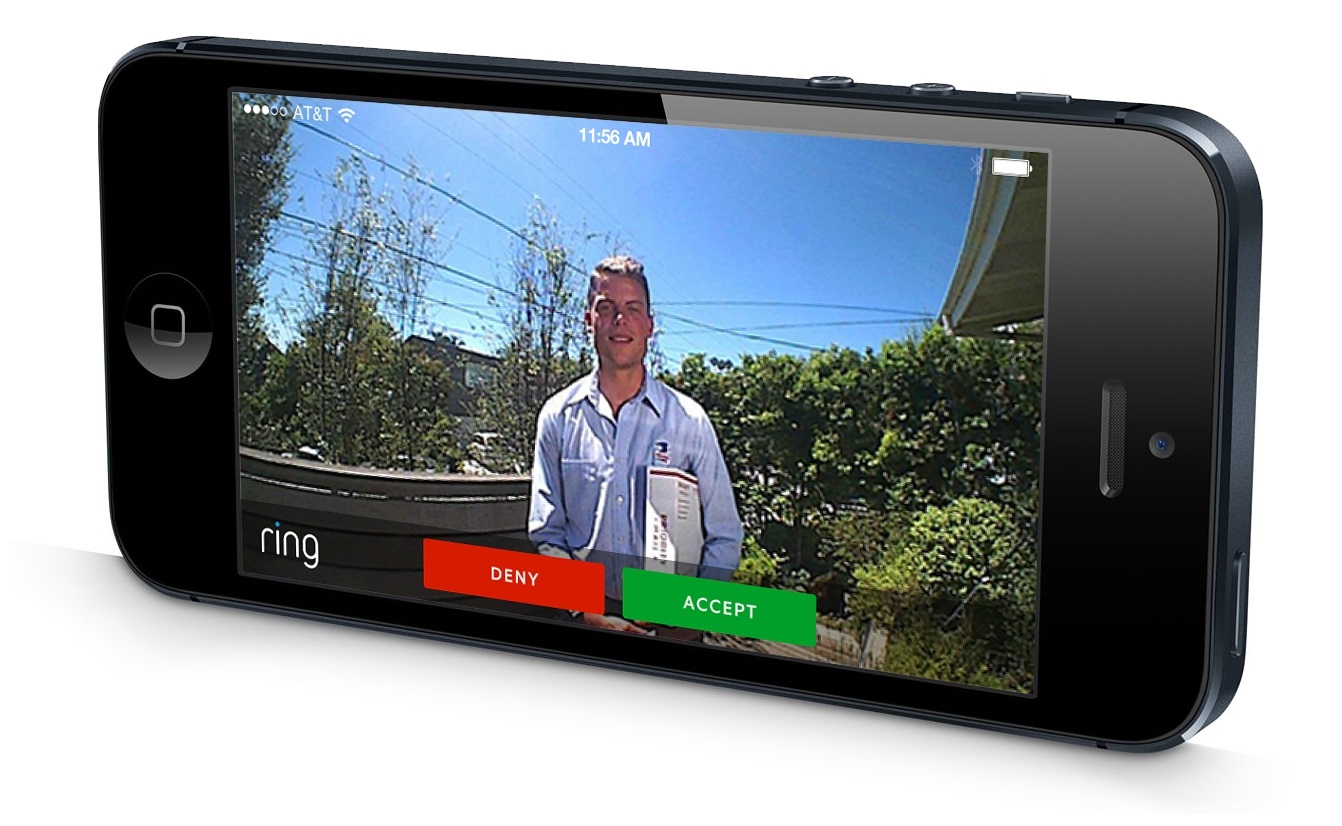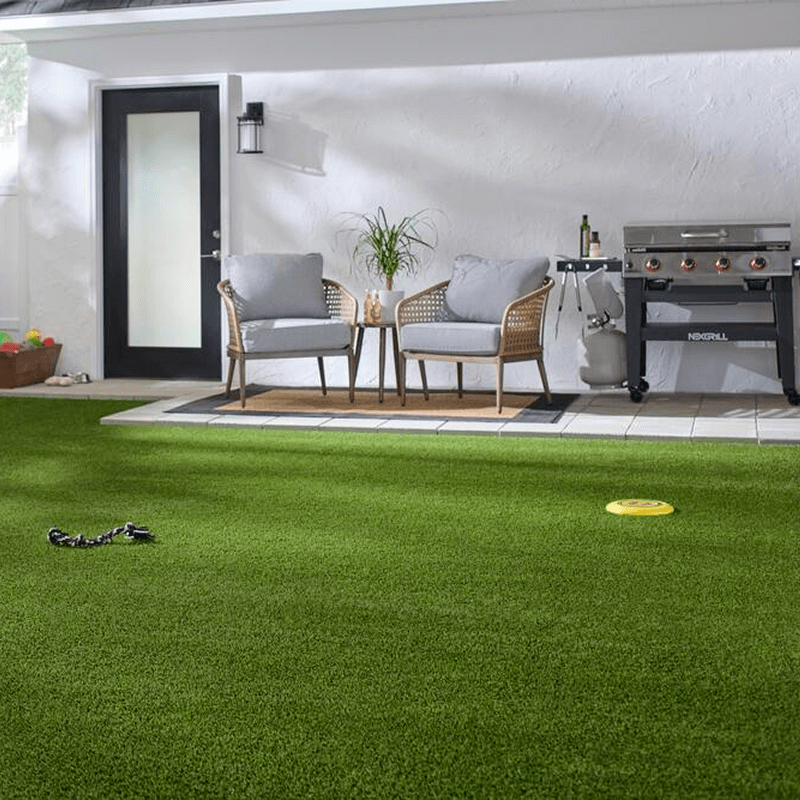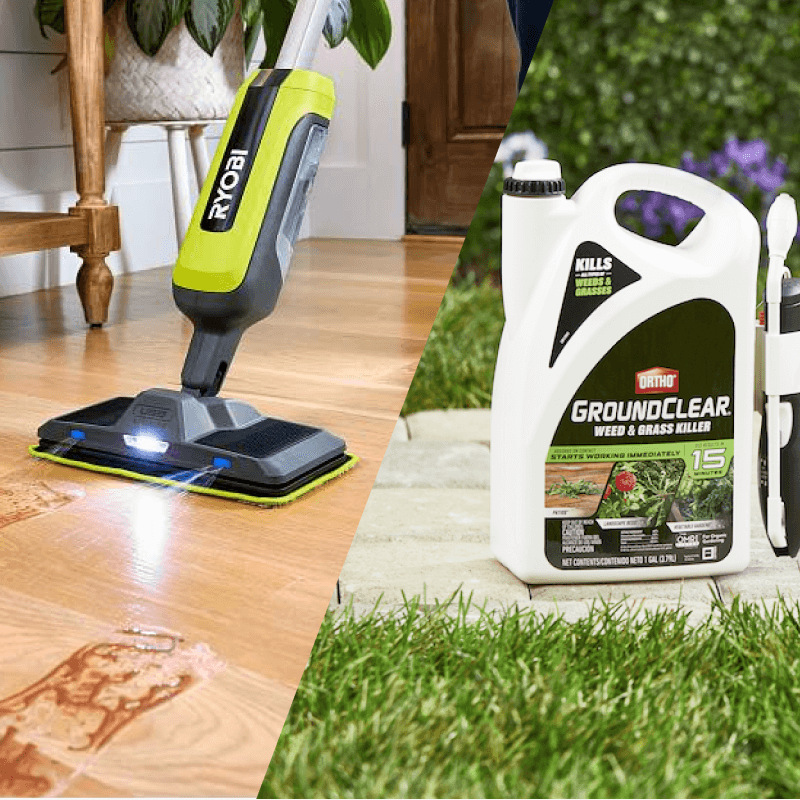Each year, the Consumer Electronics Show (CES) sets the stage for advances in retail technology. On the show floor, you’ll find everyone from startups to large companies showing off new innovation for the home, cars, lifestyle and more while discussing the latest trends impacting the future of consumer technology.
This year’s event, however, was more about refining ideas than introducing new ones for the home space, especially as concepts like the “smart home” continue to evolve. “Last year’s themes and this year’s themes were very similar. The smart home is still a big deal,” reveals Amanda Parrilli, director of business development, Smart Home at The Home Depot, who attended the event.
Evolution Not Revolution
As the smart home becomes increasingly practical and products are refined for better functionality, technology for the home was more present at CES than in past years. But, walking on the showroom floor, you may not have noticed innovation in the home space at first glance.
Common household items like light bulbs and wall sockets may not have looked as shiny and new as drones on the other side of the conference floor, but underneath their seemingly everyday exterior, more functionality and innovation have been packed into each product than ever before. “The marriage of multiple functionalities into one product is becoming increasingly more common,” notes Amanda. “It drives the value and convenience factor for the customer.”
Take light bulbs, for example. Onsite demonstrations showcased light bulbs that offer a lot more than illumination. One recessed light bulb housed a speaker so homeowners can experience surround sound in a room without the hassle of setting up a complicated sound system. Other outdoor security bulbs contained cameras, ramping up the security features that come with one simple installation.
 Change Begins at the Door
Change Begins at the Door
“When you think under the umbrella of safety and security, doorbells are one of the first ways people are getting into the space. People see a lot of value there,” emphasizes Amanda.
This year, the conference had tons of video doorbells on display, revealing that security has a bright future in home automation. “We already have a connected doorbell available for purchase in our stores today—the Ring Wireless Video Doorbell.” This first ever battery-operated, Wi-Fi enabled, HD video doorbell allows homeowners to see who is at the door through their phone—which means never having to open the door to first interact.
Wi-Fi is the Glue that Holds the Smarter Home Together
Since Wi-Fi is a critical piece of smart home functionality, Wi-Fi networking in the home is a big infrastructure. Instead of homeowners spending all their time setting up various wires, such a phone and Ethernet cables from decades past, Amanda explains that more time is being spent on a stronger Wi-Fi and router setup.
People are realizing they need a Wi-Fi mesh system with two or three points throughout the home to bolster experience, rather than one router that may or may not make it all the way to a far-reaching bedroom on the second story. “These systems allow more stable access in the home and also give homeowners more awareness on what’s running on Wi-Fi.” For example, if your children have a tablet that’s connected to the home Internet, you can choose to shut off that device’s access when it’s bedtime. “Consumers can have what was previously considered ‘corporate security’ in their home, granting a whole new type of control,” adds Amanda.
What convinces most homeowners to make the switch? “People are excited about ways these products save money, while also bolstering safety and security,” explains Amanda. “As these items continue to grow, so will their user base.”






